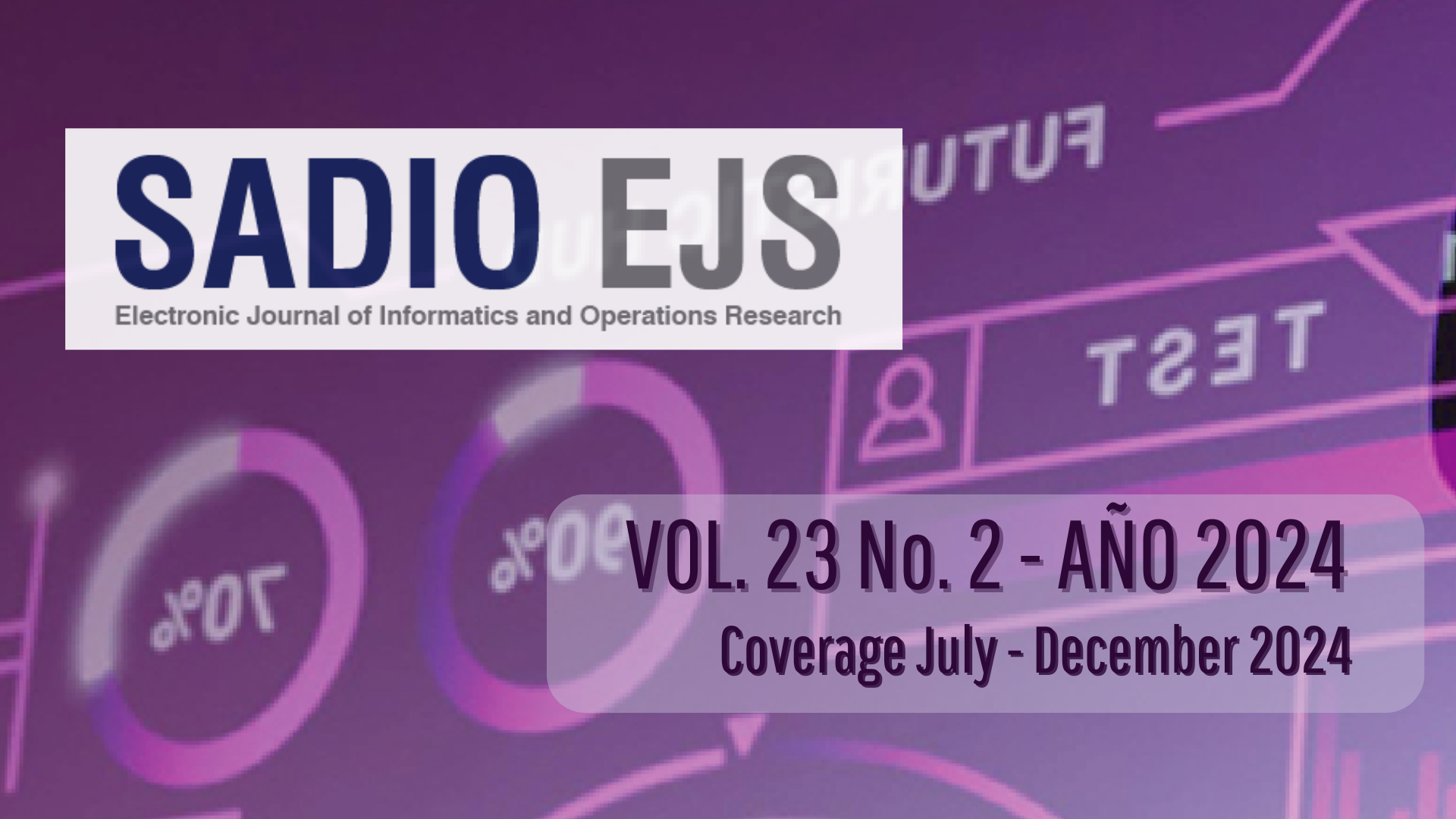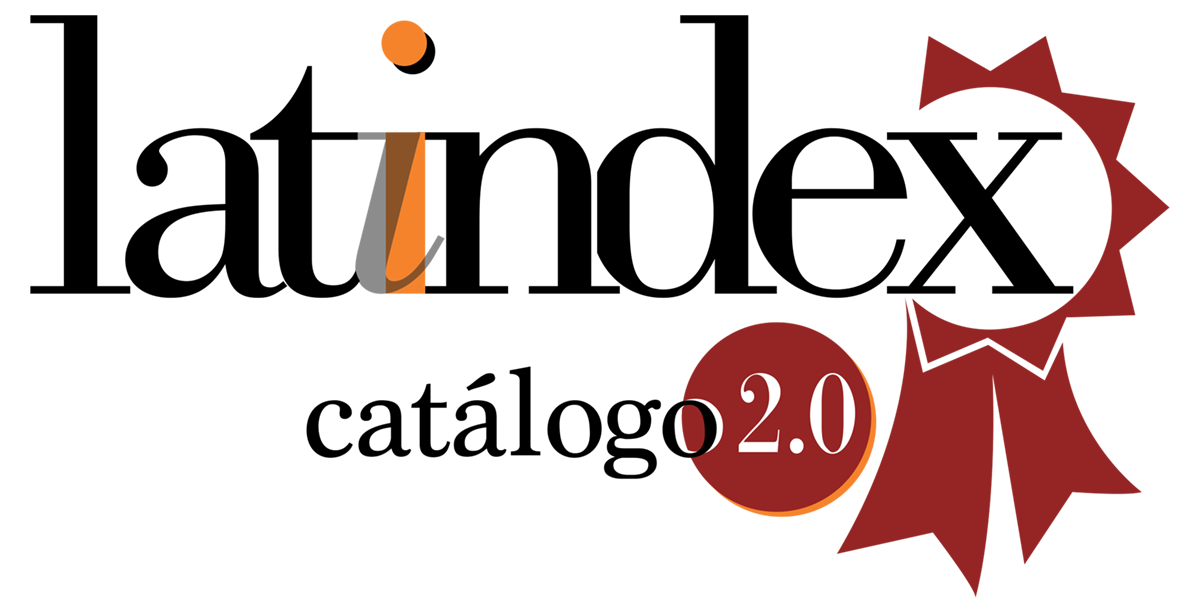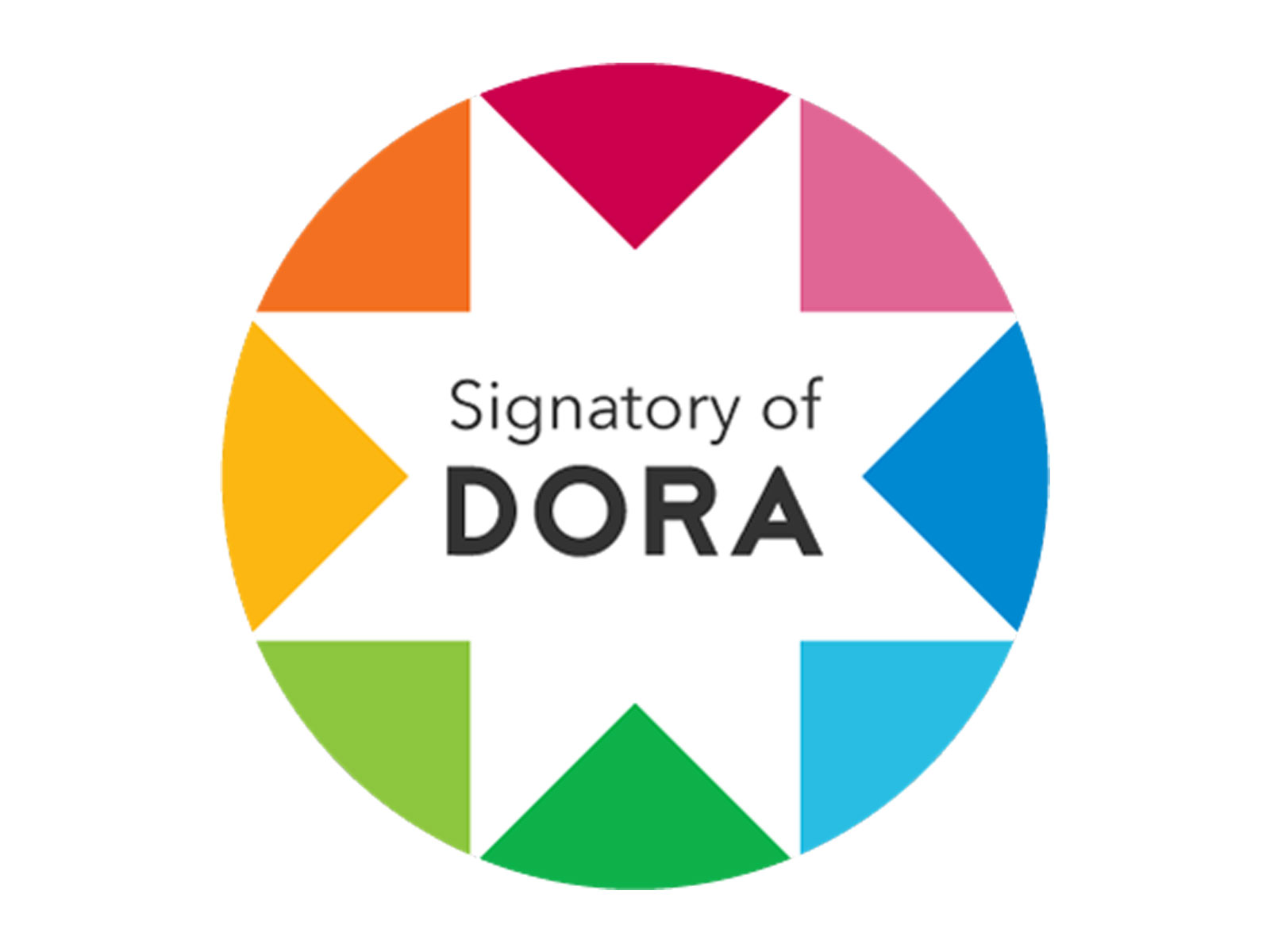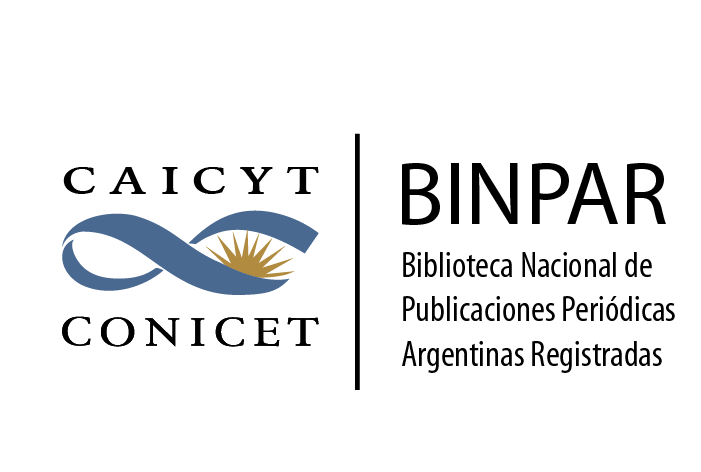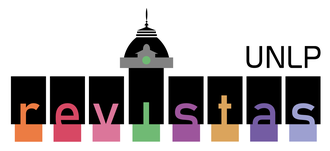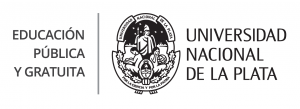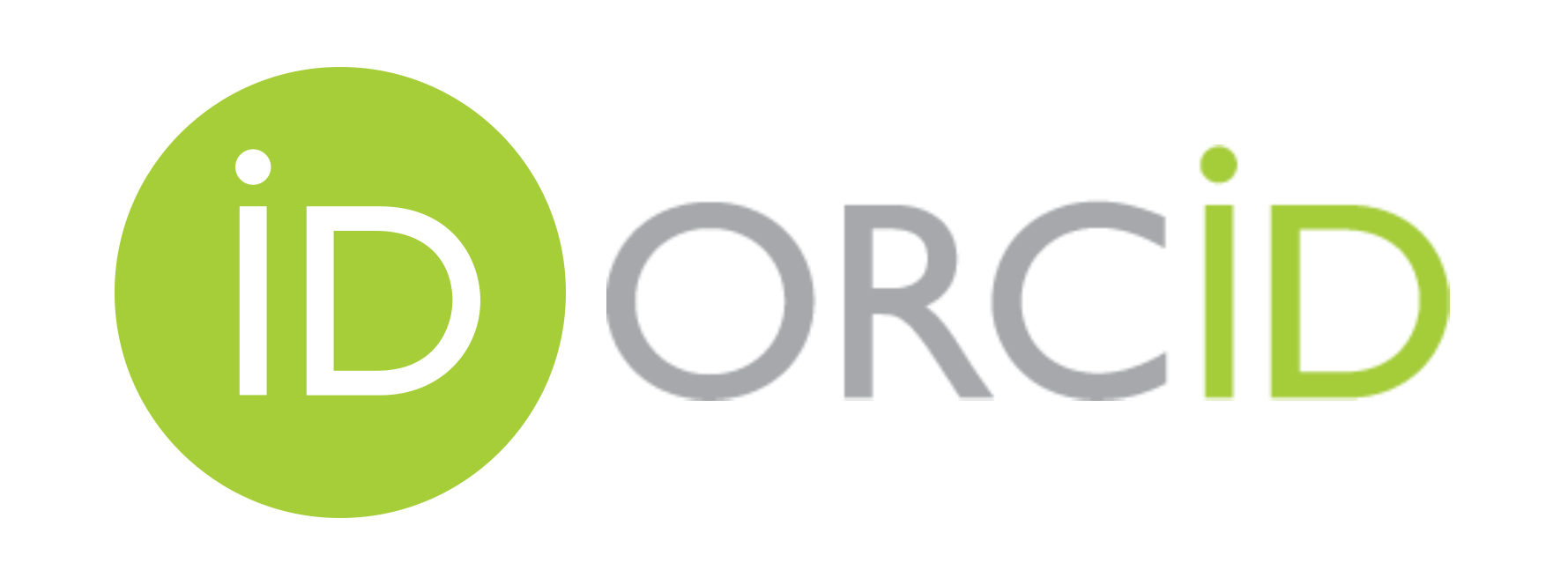Artificial Intelligence: A critical look at the electronic personality concept of the robots
DOI:
https://doi.org/10.24215/15146774e060Keywords:
electronic personality, artificial intelligence, intelligent robots, autonomy, Ethics of Artificial IntelligenceAbstract
The development of artificial intelligence (AI) has sparked concerns in various sectors of society, highlighting the need to regulate the use and development of this technology, regardless of its appearance – whether robots or algorithms – and regardless of the devices it operates on, as well as the degree of intelligence it presents. This is to protect humans from possible repercussions on consciousness and actions induced by AI. Technological companies have adopted a discourse centered on ethics and respect for human rights to humanize technology, legitimize its use, and permeate society without ethical questioning. This allows them to free themselves from responsibilities and moral burdens. Autonomy, ethics, morality, and consciousness are presented as active elements in AI. In attempts to regulate the use and development of AI, the European Parliament [1] has called for investigation into the possibility of endowing the most intelligent robots with an electronic personality, so that they can take responsibility for their actions and repair the damage caused, a concept analyzed from an anthropocentric perspective.
Downloads
Downloads
Published
Issue
Section
License
Copyright (c) 2024 Flavio Suárez-Muñoz

This work is licensed under a Creative Commons Attribution-NonCommercial-ShareAlike 4.0 International License.
Those authors who have publications with this journal, agree with the following terms:
a. Authors will retain its copyright and will ensure the rights of first publication of its work to the journal, which will be at the same time subject to the Creative Commons Atribución-NoComercial-CompartirIgual 4.0 Internacional (CC BY-NC-SA 4.0) allowing third parties to share the work as long as the author and the first publication on this journal is indicated.
b. Authors may elect other non-exclusive license agreements of the distribution of the published work (for example: locate it on an institutional telematics file or publish it on an monographic volume) as long as the first publication on this journal is indicated,
c. Authors are allowed and suggested to disseminate its work through the internet (for example: in institutional telematics files or in their website) before and during the submission process, which could produce interesting exchanges and increase the references of the published work. (see The effect of open Access)

